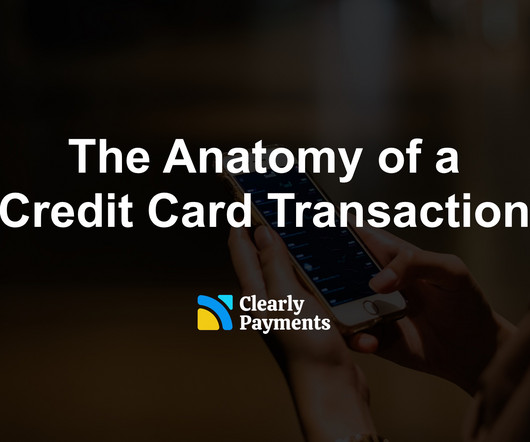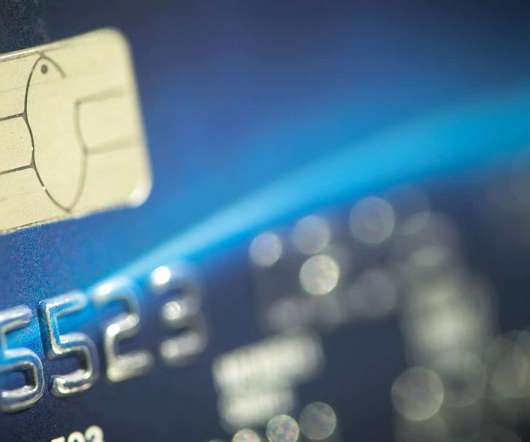The Anatomy of a Credit Card Transaction
Clearly Payments
MARCH 14, 2025
Merchant Sells goods/services and accepts credit card payments. Acquiring Bank The acquiring bank processes the transaction on behalf of the merchant. Payment Processor Facilitates communication between acquiring and issuing banks. Card Network Card networks route transactions between banks (e.g.,











Let's personalize your content